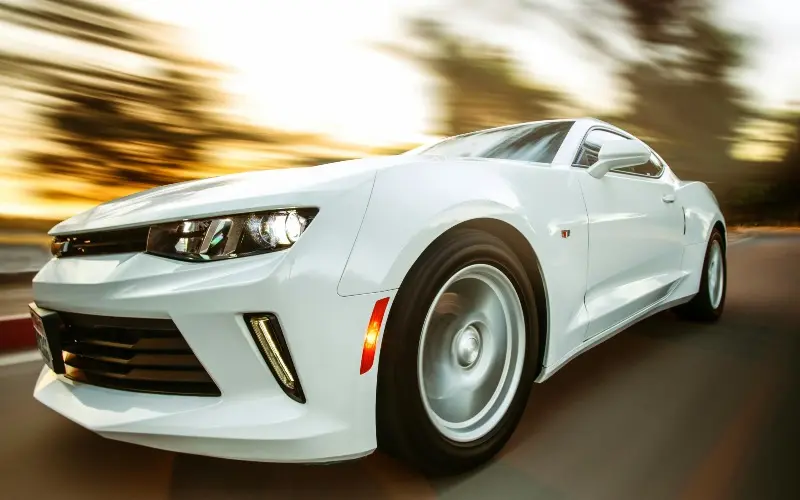Speed Trends Over Time In The UK
The DVLA and DfT have released important data regarding speeding and how it has changed over time in the UK.
From motorways to 30mph roads, and more, there’s been a significant change in driver behaviour between 2018 and 2024. The information is detailed and fascinating, and could have serious ramifications for the future of UK road safety.
Speed Decreases for 30mph Roads
In 2018, 51% of drivers exceeded 30mph on roads at some point, which dropped to 43% in 2024.
This shows an 8% decrease in this kind of behaviour, which demonstrates improved awareness and better public education regarding speeding.
However, this is still a very high percentage, and a significant number of drivers break the rules of the road in terms of speeding in residential areas.
Motorway and Single Carriageway Speed Trends
On motorways, the story is very similar, with 50% of people exceeding 70mph in 2018. This dropped to 44% in 2024, showing a 6% fall.
So, this is a notable improvement, but the fact that 7% of drivers still topped speeds by over 10mph is a cause for concern. It also shows that one in fifteen drivers regularly exceeds 80mph on motorways, which is something police are concerned about around the country.
When it comes to national speed limit single carriageways, only 9% of drivers broke the speed limit in both 2018 and 2024. This is a really low amount and shows how drivers are consistently cautious on single carriageways compared to 30mph roads and motorways.
20mph Zones and Speed Compliance
Unfortunately, 85% of drivers exceeded the speed limit of 20mph zones in 2024, with 10% of those exceeding it by more than 10mph.
This is extremely concerning and also goes a long way to show that drivers don’t take these roads seriously, or think that they should have higher speed limits associated with them. There’s also an argument that people simply don’t see the signs for 20mph roads, and that because they’re often in areas that seem like 30mph zones, drivers make honest mistakes in this area.
What Time of Day Does Speeding Increase?
Moving on from comparisons between 2018 and 2024, what times of day are drivers in the UK most likely to speed?
Well, during the night, between 6pm and 5am, 56% of drivers exceed 30mph speed limits compared to 42% in daytime hours.
On motorways, 45% exceed the limit after dark compared to 41% during the day, which shows us how people are slightly more reckless when the sun goes down.
It’s a similar story for weekend driving, too, with 47% of drivers exceeding 30mph limits on Saturdays compared to 41% on Sundays, which is similar for motorways and single carriageways.
What The Stats Mean Now and For The Future
The statistics show that while there’s more awareness about speeding, there’s still plenty of incidents taking place on UK roads, with different times of day playing a large role in offence numbers.
For the future, the landscape may well change thanks to newly introduced intelligent speed assistance technology, which many new cars include to keep drivers within speed limits.
More regions are also introducing more 20mph roads across the UK, too, which could encourage more compliance as awareness spreads.
However, there does need to be more enforcement by authorities in the form of more speed cameras and perhaps speed bumps in rural areas to truly bring about change regarding speeding on UK roads.
Final Thoughts: Room for Improvement, But Signs of Encouragement
While driving stats show a marginal improvement between 2018 and 2024, there’s still lots of progress to be made regarding speeding in the UK.
Remaining an ever-present issue in the country, perhaps largely down to the culture of the country, it’s something that lawmakers and road safety organisations are looking to eliminate with more awareness and better technology moving forward.

